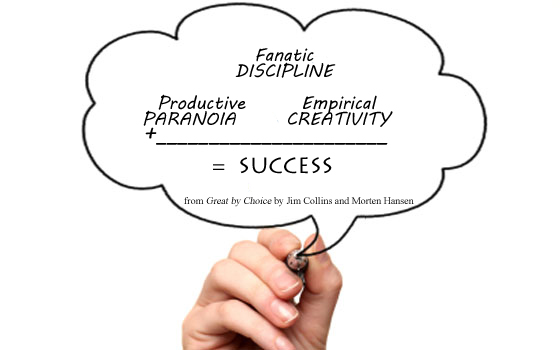 Recently, during one of my Vistage Key Executive meetings, we were discussing the book Great by Choice by Jim Collins. During our discussion, one of the members raised the question, how important is it to be first to market? Or is it best to be a “fast follower”. Jim Collins makes the case that the long march, as he calls it “the 20 Mile March” is one of the characteristics of companies that are great by choice.
Recently, during one of my Vistage Key Executive meetings, we were discussing the book Great by Choice by Jim Collins. During our discussion, one of the members raised the question, how important is it to be first to market? Or is it best to be a “fast follower”. Jim Collins makes the case that the long march, as he calls it “the 20 Mile March” is one of the characteristics of companies that are great by choice.
My favorite marketing book 22 Immutable Laws of Marketing by Al Ries and Jack Trout (an oldie but goody) – describes it this way in Law #3 – The Law of the Mind. It is better to be first in the mind, than first in the marketplace. The iPad is a recent example. Apple owns over 70% of the tablet market. Not only were they not first, they weren’t even a fast follower. The first tablet was invented many years ago.
Google wasn’t the first browser, Facebook wasn’t the first social website, Apple (again) wasn’t the first smartphone. Yet, more books are written, businesses started, venture funds invested in “first movers”.
The question most are asking today is which is best? First Mover or Fast Follower?
For me the question is First to Market or First in the Mind? First in the Mind addresses timing as well as innovation. The best product or service idea, is only best when you have buyers. Timing therefore determines who wins.
What are your thoughts?













 The initial results of my Pivot are excellent. I feel I have much greater clarity regarding the next 3-5 years..
The initial results of my Pivot are excellent. I feel I have much greater clarity regarding the next 3-5 years..  John Yerger
John Yerger